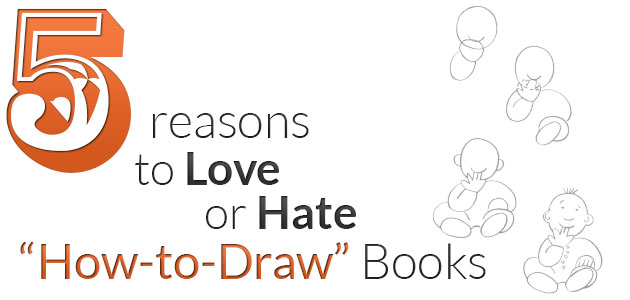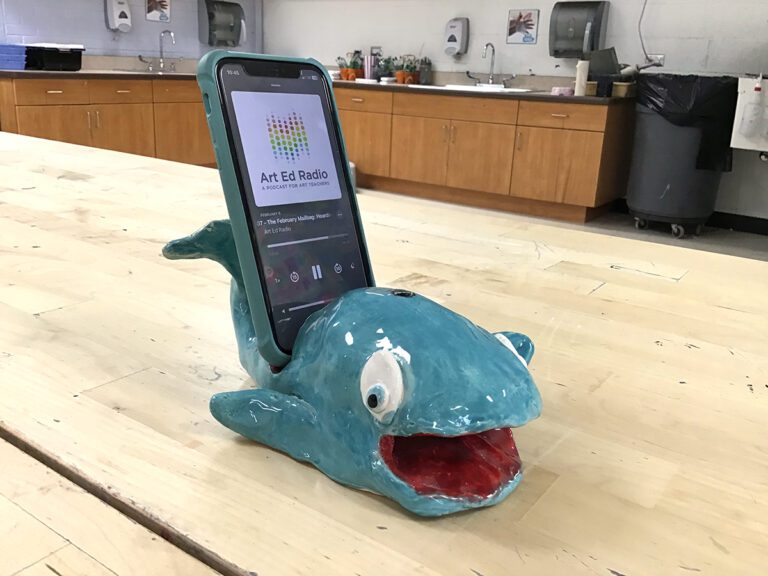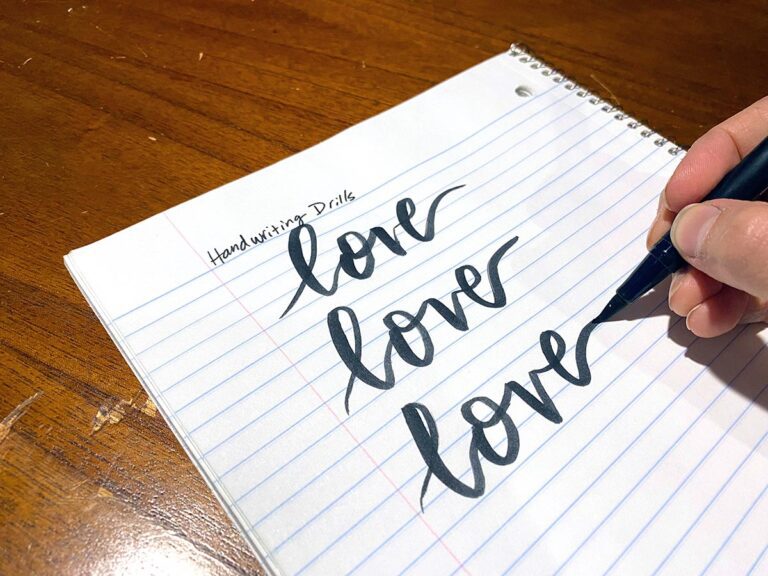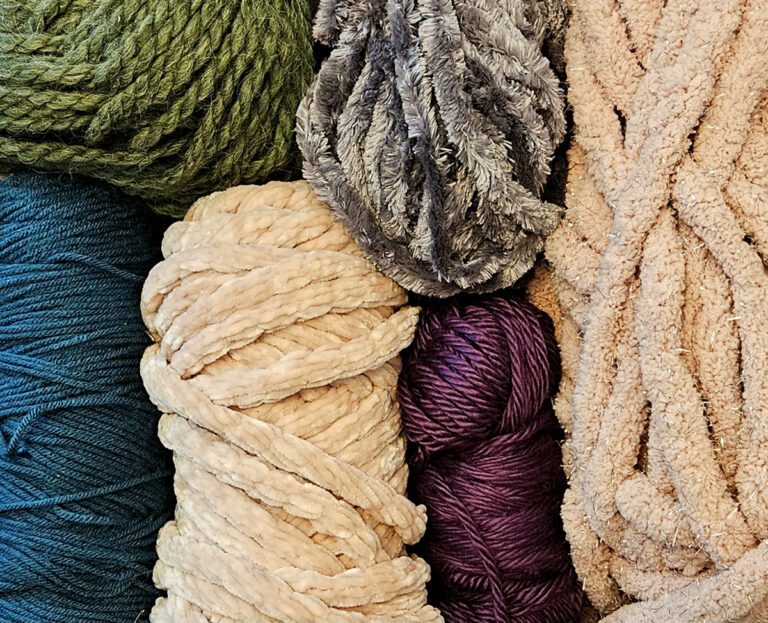Having students follow a prescribed set of steps is seemingly the most un-creative way to teach children art. However, how-to-draw books and follow-the-leader methods continue to be popular among kids and art teachers alike. What’s the deal?
Decide for yourself with this quick look at the pros and cons of each side.
5 Reasons to LOVE How-to-Draw Books
- They inspire confidence in kids to draw something realistic.
- They produce a nice looking product.
- Students can use them independently without much help.
- They make a great early finisher activity.
- Kids and parents love them.
5 Reasons to HATE How-to-Draw Books
- They don’t teach artistic decision making.
- They don’t teach observational drawing from real life.
- All the products look the same.
- Kids rely on them and won’t draw anything without their help.
- Parents view this as the only type of “real art” their kid can do.
My Take
I will admit that I have these books in my classroom. They are in my area for early finishers. I have even recommended them to parents who want to get their kids excited about drawing. That said, I try and avoid the “follow me” way of teaching whenever possible during regular class time.
Once in a while, I will pull these books out to help kids draw something like a better horse or bird for their project, but it’s rare. If I do use a “follow me” method, there is always a reason, and it’s always mixed with opportunities for creative thinking.
For example, I might show students a simple way to draw a complex animal, like a monkey, but then leave the end of the project open so students can make artistic choices about how to finish it. I think it’s all about balance. But, if I had to choose one over the other, I would go without “how to draw” methods forever in my art room.
I value teaching kids how to make art, not how to “do a project” my way or the highway.
On the other hand, how can any art teacher argue with something that has the magic ability to get kids excited about art, talking about art, and making art? The question of whether or not to use these books in your classroom can be a tough one. Consider all of the options carefully and choose what you think will work best for you and your students!
Do you LOVE or HATE how-to-draw books and methods? Why?
Magazine articles and podcasts are opinions of professional education contributors and do not necessarily represent the position of the Art of Education University (AOEU) or its academic offerings. Contributors use terms in the way they are most often talked about in the scope of their educational experiences.





